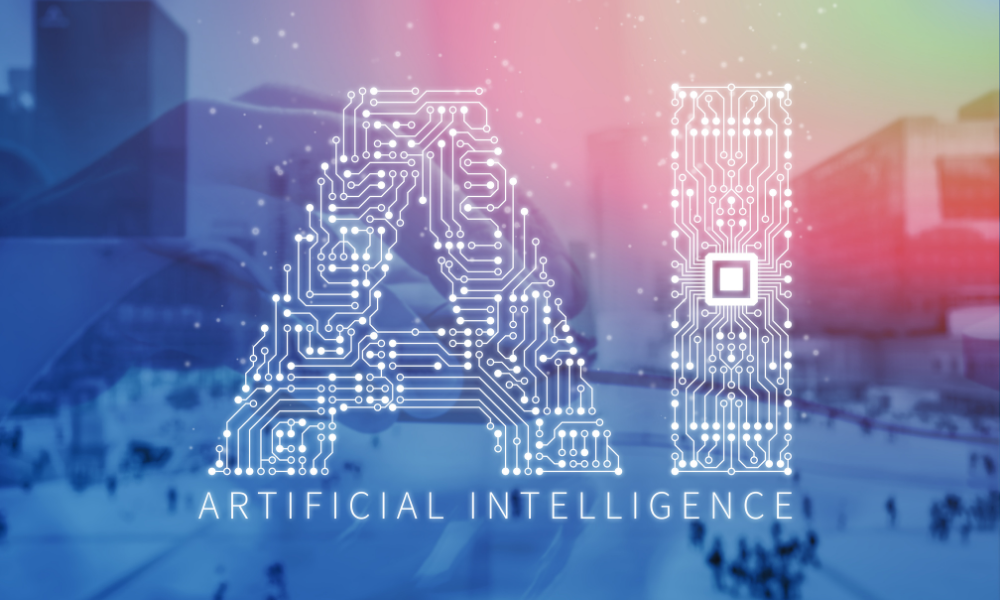In the present day, Artificial Intelligence and Machine Learning have developed enormously as a concept, much beyond science fiction indications. They have become a necessity. Both AI and ML have emerged as the big boys of the IT sector. When significantly intense and large amounts of data have to be handled, it cannot be managed manually. This is where AI and ML come in. AI can analyze and process magnanimous volumes of data. On the other hand, machine learning is an application of artificial intelligence that delivers systems having the capacity to automatically learn and develop from experience without being categorically programmed.
As an example, let us say you want to prepare research on the stock market regarding which stocks to invest in. You can do it for yourself. However, if a market research company has to advise its clients, thousands of listed shares need to be analyzed and predictions are built for more profitable investment for different types of clients. The quick and accurate processing of loads of data provides users with a better experience.
Table of Contents
How do AI and ML work?
Artificial intelligence and machine learning are the technologies of the future.
Nowadays, data has become more complex and voluminous. Whereas the human brain has a limitation analyzing bulk data, machines can be programmed to analyze it in a fast and accurate way. Precisely why many industries apply AI and ML to increase performance and enhance productivity.
AI-backed companies are the latest trend in digital transformation. Rightly so as it helps in doing better work with lesser efforts. As more and more companies are eager to use Artificial Intelligence, it is not the easiest program to develop. It must handle the high-loaded process effectually and with speed. For that, an appropriate language must be used for its development. The one that is not too complex, is easy to support and can handle sophisticated processes too.
Python- the most suitable language for AI and ML
Globally, skilled programmers are widely using Python as a language for developing artificial intelligence and machine learning. Currently, AI has gained popularity across all industries and channels. No wonder the big corporations are investing big time in them. Consequentially there is an upsurge in the demand for expert developers.
We have piloted a study on why Python is the preferred language for making AI and ML projects successful. How is the best choice for developers?
GreatPython libraries for AI
In Python, there is a vast variety of libraries to choose from for artificial intelligence development. Developers do not need to start coding from scratch every time as the libraries provide base-level items. It saves a lot of time and effort (and money). The incessant data processing that is a prerequisite of machine learning, is adeptly accessed and processed by Python’s libraries.
Some of the chief libraries that are useful are- Scikit, Pandas, Keras, NLTK, PyBrain, and StatsModels.
A low entry barrier
The underlying principle of the ML and AI industry is the bulk and continuous data processing in a fast and convenient way. The entry barrier being short, software developers can begin to use it for artificial intelligence short of killing time in mastering the language itself. Its coding is very simple, more like spoken English language. In fact, the easy to learn syntax enables one to navigate through complex systems smoothly.
Moreover, there is plenty of text available for programmers’ help and the supportive Python community, if a roadblock is encountered.
Python is Versatile
Besides being easy to learn, Python is extremely versatile for machine learning development. It can run on any platform besides Windows, Linux, macOS, and many many more. Instead, the developers only need to make trivial changes and modifications in code to build a compatible form of a chosen platform.
Once more, via this simple process, enormous time and investment in conducting tests for diverse platforms is saved.
Readability
Since the language is easy to read, if one needs to make any changes in the artificial intelligence program later, any Python developer can comprehend the code and alter, share and copy it as well. Hence, it gives way to a more conducive interchange of algorithms, and tools among AI and ML developers.
Good visualization options
Among its numerous libraries, another way Python is beneficial in AI and ML development is the awesome options for visualization. Though it is imperative that developers present the data in a way that can be read by humans. The Matplotlib library enables the creation of graphs, charts, histograms, etc. for a visual representation of analytical data and information.
Strong Python Community
If the software is good, it is invariably supported by a vast majority of scientists. Python is no exception. It has a very wide and supportive user base. Also, plenty of documentation is accessible in its numerous communities, forums as well as online.
Your take
As an AI coding language, Python provides a sound framework and prototype accomplishing all requirements of machine learning and artificial intelligence under the sun. Apart from that, it can be used for many other objectives as well.
I have a green thumb - I love to do gardening and am also into organic farming. Other than that I simply love traveling and networking with people. I spent 13+ years living in North America and have traveled extensively around the globe with global business interests.






